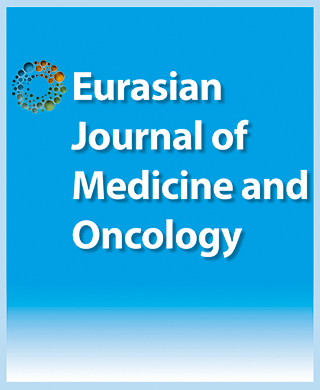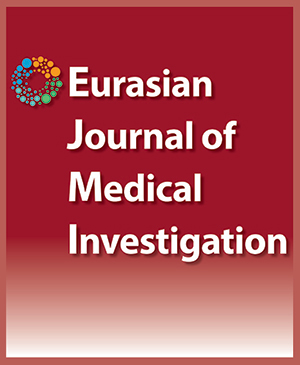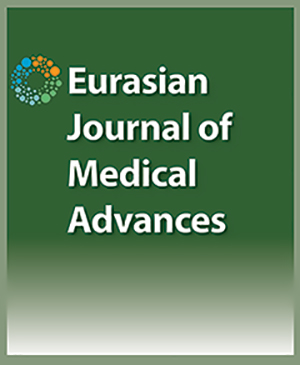

Is Negative Pressure Wound Therapy an Effective Method for Vascular Site Infection?
Selen Ozturk1, Evran Ozcinar2, Mustafa Seren2, Metin Yilmaz2, Ceylan Kuran Akıt2, Onur Saydam2, Alp Dolgun2, Ugursay Kiziltepe21Department of Cardiovascular Surgery, Dr. Siyami Ersek Cardiothoracic and Vascular Surgery Training and Research Hospital, Istanbul, Turkey, 2Department of Cardiovascular Surgery, Diskapi Yildirim Beyazıt Training and Research Hospital, Ankara, Turkey,
Objectives: Wound infection developing after vascular surgery is generally a long-term and difficult process to manage. This study examined the effective, currently preferred, non-pharmacological technique of negative pressure wound therapy for this condition. Methods: The outcomes of negative pressure therapy applied to treat wound infections that developed after vascular surgery were retrospectively examined. Patients were divided into 2 groups (Szilagyi classification II and III) according to surgical site infection level. Results: In all, 26 patients were included in the evaluation. Mean patient age was 68.1±6.9 years, and distribution of gender was male/female: 18/8. The most common co-existing disease was diabetes mellitus (65%) and the most frequent anatomical application region was inguinal (65.5%). The mean length of treatment was 26.8±14 days. Blood transfusion was performed for 12 (46.1%) patients. Of all the patients, 57.7% had a Szilagyi II surgical site infection and 42.3% had Szilagyi III. Graft change was observed more in the Szilagyi III group (n=11) than in the Szilagyi II group (n=0) (p=0.01). The length of hospital stay was longer for those classified as Szilagyi III (27±10 days) than those classified as Szilagyi II (20±8 days) (p=0.03). Conclusion: Although it takes a long time, it was concluded that negative pressure wound therapy is a safe and effective alternative treatment for surgical site infections, including vascular graft infection, because of the low complication rate.
Cite This Article
Ozturk S, Ozcinar E, Seren M, Yilmaz M, Akıt C, Saydam O, et al. Is Negative Pressure Wound Therapy an Effective Method for Vascular Site Infection?. EJMO. 2017; 1(2): 82-86
Corresponding Author: Selen Ozturk



